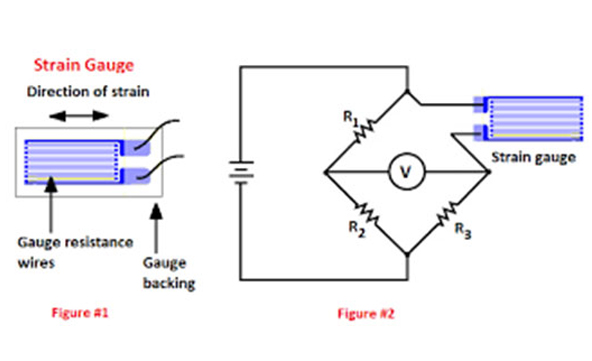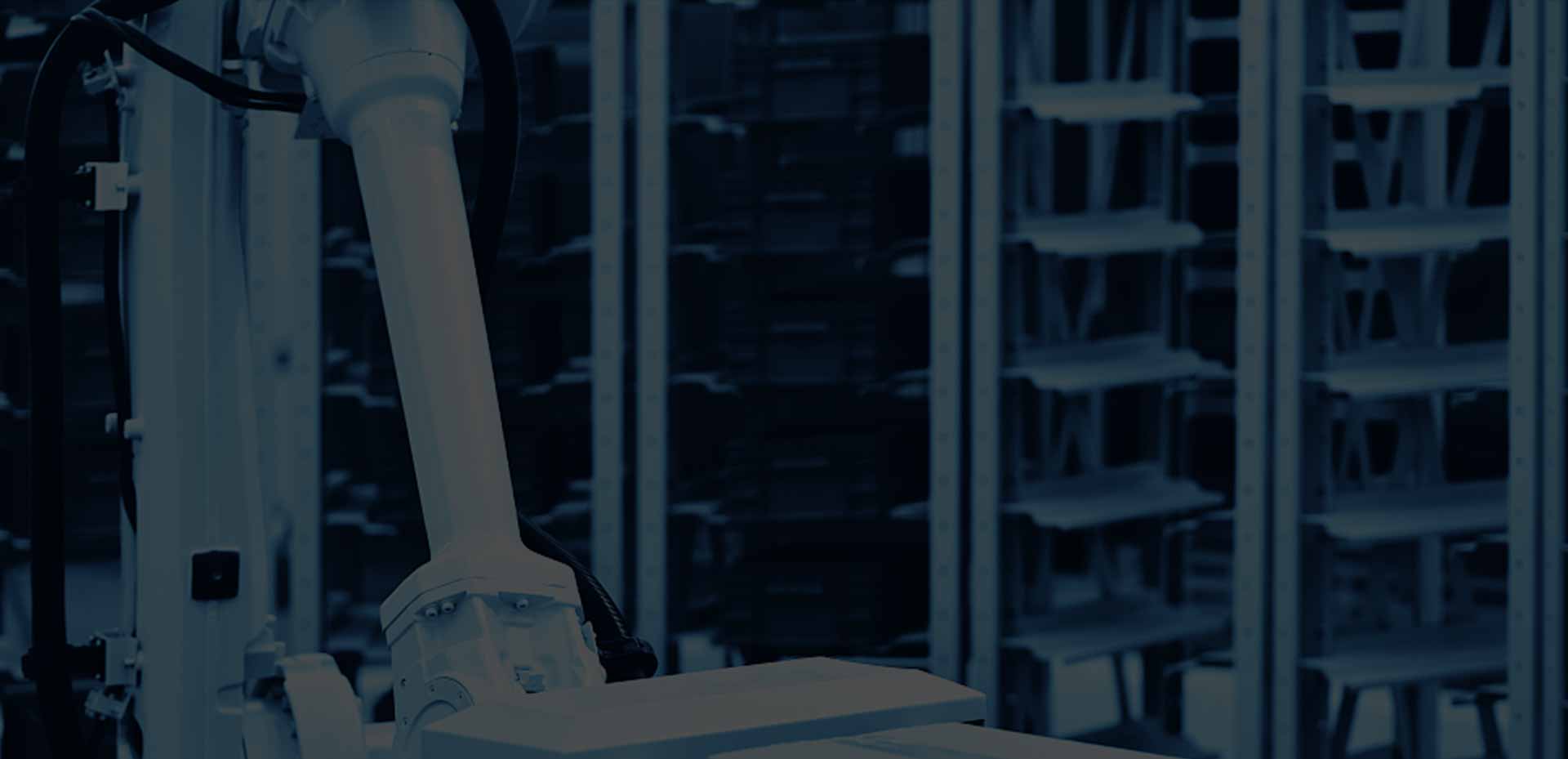What is a load cell? The load cell is a kind of sensor, which means a load cell can convert force into a measurable electrical signal. There are various load cell weight sensor types, such as hydraulic load cells and pneumatic load cells, one of the most common is the resistance strain type load cell, which is the main product of our TianGuang company (TG Load Cells). Strain gauge load cells have the characteristics of wide adaptability, easy installation, and high precision. Except for some specific environments, strain gauge load cells are the first choice in the weighing industry. TianGuang load cells' capacity ranges from 5kg to 1000 Tons and accuracies from 0.02% to 0.5% full scale (Except for some customized products).
TianGuang is a very professional load cell supplier and well-trusted load cell manufacturer based in Anhui, China, with more than 30 years of experience in manufacturing load cell for sale. We sincerely welcome you to custom load cells with our experts and engineers.
The most common load cell is the resistance strain type, which is our company's product (TG sensor). The load cell changes its resistance when a load/force is applied to it. This change in resistance leads to a change in output voltage when an input voltage(usually 10V DC) is applied. Here is a load cell sensor diagram for your reference.
When we make sensors, we usually use 4 strain gauges (or even more for better accuracy) to form a Wheatstone bridge. When the sensor is not under force, the output is basically 0. When a load is applied to the sensor, the resistance of the strain gauge will change, and the change in resistance will cause a change in the output voltage. This change is relatively small, usually 0. -20mV, sometimes we will amplify it into a signal that is easier to measure, such as 0-5V or 0-10V.

Basic Principle: The load cell working principle is based on the concept of converting mechanical force into electrical signals. This is achieved through a device known as a strain gauge, which is the key component of a load cell.
Strain Gauge: When a load or force is applied to the load cell, it causes deformation in the strain gauge. This deformation changes the electrical resistance of the strain gauge. The change in resistance is proportional to the force applied, and this change is used to calculate the load.
Conversion of Force into Electrical Signals: The strain gauge is connected to a Wheatstone bridge circuit, which is used to measure the change in resistance. When the resistance changes due to the applied force, it unbalances the Wheatstone bridge, and a voltage output is generated. This voltage output is directly proportional to the force applied to the load cell.
Signal Amplification: However, the voltage output generated by the Wheatstone bridge is usually very small and needs to be amplified before it can be processed and read. This is where a load cell amplifier comes into play. The amplifier increases the magnitude of the signal, making it easier to read and interpret.
Digital Conversion and Readout: The amplified signal is then converted into a digital format using an analog-to-digital converter. The digital signal can be easily read and processed by a computer or digital readout, providing real-time, accurate measurements of the load.
High Accuracy: Different types of load cells are renowned for their high accuracy. They can measure force or weight with a high degree of precision, making them indispensable in various industries where precise measurements are crucial.
Versatility: Load cell types are incredibly versatile. They come in different shapes and sizes and can measure a wide range of weights, from a few grams to several tons. This makes them suitable for a variety of applications, from laboratory scales to industrial weighing systems.
Durability: Load cells are designed to withstand harsh conditions. They are typically made from robust materials like stainless steel or aluminum, which are resistant to corrosion and can endure high levels of force.
Easy Integration: The load cell for sale can be easily integrated into existing systems due to its compatibility with various electronic devices. This ease of integration makes them a flexible solution for many applications.
Low Maintenance: Load cells are generally low maintenance devices. Once installed, they require minimal upkeep, making them a cost-effective choice for long-term use.
Temperature Compensation: Many load cells including membrane load cell come with temperature compensation features, ensuring accurate readings even under fluctuating temperature conditions.
Understand Your Application: The first step in selecting a load cell for sale is to understand your load cell sensor application. Consider the type of force you need to measure (tension, compression, or both), the range of force, the operating environment, and any specific requirements of your application.
Choose the Right Type: There are various load sensor types, including single point, shear beam, S-type, and multi-axis. Each type has its strengths and is suited to different applications. For example, single point load cells are ideal for platform scales, while S-type load cells are suitable for applications involving tension and compression forces.
Consider the Capacity: Load cells like pancake loadcells are available in a wide range of capacities. Choose a load cell with a capacity that matches the maximum force you expect to measure. It’s also important to consider the safety factor to prevent overloading.
Material and Construction: The material and construction of the load cell should be suitable for the operating environment. For example, stainless steel load cells are ideal for corrosive or wet environments, while aluminum load cells are suitable for indoor, dry applications.
Accuracy Requirements: Consider the accuracy requirements of your application. If high precision is required, choose a load cell with a high accuracy rating. Also, consider factors like temperature effects, creep, and hysteresis, which can affect accuracy.
Compatibility: Ensure the load cell is compatible with your existing equipment, such as the readout device or data logger.
Certification and Standards: If your application requires, ensure the load cell meets relevant industry standards or certifications.
Supplier Reputation: Finally, consider the reputation of the supplier. Choose a load cell supplier known for quality products, good customer service, and technical support.
Industrial Weighing Systems: Load cell sensors including shear beam type load cell are widely used in industrial weighing systems. They are used in silos, tanks, and hoppers to measure the weight of bulk materials. They are also used in conveyor belts to weigh products during manufacturing processes.
Retail Scales: In the retail industry, load cells are used in scales to weigh products. They are used in everything from grocery store scales to high-precision scales in jewelry stores.
Automotive Industry: In the automotive industry, load cells are used in testing equipment to measure forces during crash tests, brake tests, and suspension tests. They are also used in assembly lines to ensure components are fitted with the correct force.
Aerospace Industry: Load cell sensors are used in the aerospace industry to measure the force exerted by engines and other components during testing. They are also used to weigh aircraft for balance and safety checks.
Construction Industry: In the construction industry, types of load cell sensor like micro load cell sensor are used in cranes and lifting equipment to measure the weight of loads and prevent overloading.
Medical Equipment: Load cells are used in various medical equipment, such as patient lifting systems and medical scales, to ensure accurate weight measurements.
Laboratory Testing: In laboratories, different types of load cells including column load cells are used in testing equipment to measure forces during material testing.
The Difference Between Digital Load Cell and Analog
What Are the Reasons for the Error of the Load Cell?
What is the Load Cell Working Principle? What Are the Common Classifications in the Market?
